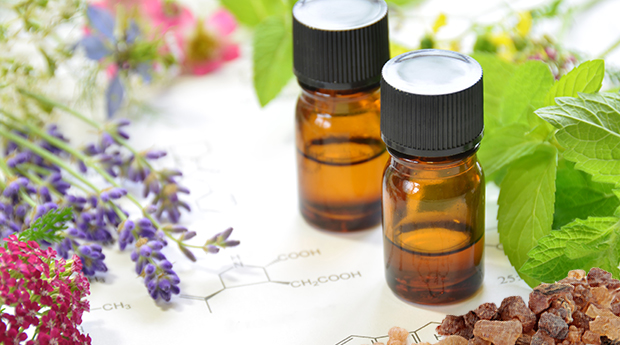Herbal Compound Silibinin Eases Early Signs of PAH in Rats, Study Shows

A natural component of milk thistle seeds called silibinin can lessen some early signs of pulmonary arterial hypertension (PAH) in rats, likely by inhibiting a cellular signaling pathway suspected to contribute to disease progression, a pilot study shows.
Findings revealed that silibinin was able to lower pulmonary artery blood pressure and prevent its obstruction in rat models of PAH. However, its beneficial effects were only noted in the early stage of the disease, becoming ineffective when damage to blood vessels became too severe.
The study, “Silibinin efficacy in a rat model of pulmonary arterial hypertension using monocrotaline and chronic hypoxia,” was published in the journal Respiratory Research.
Silibinin is found in the seeds of the milk thistle plant; it has been used for the treatment of liver diseases, and it also has been explored for its potential in treating other conditions, including cancer.
The compound has the ability to block CXCR4 signals. CXCR4 is a protein normally present in different types of stem (progenitor) cells and is important for their normal activity and function. But CXCR4-derived signals can also contribute to cancer growth, in particular when associated with mesenchymal stem cells (MSCs).
PAH-related biological changes include increased inflammation, active proliferation, and lower death of the cells lining the pulmonary arteries, which are features similar to those seen in cancer cells. Due to this, researchers believe that CXCR4 signals may also be implicated in the establishment and development of PAH and blood vessel (or vascular) remodeling.
One of the most convincing observations supporting this idea came from studies in animal models of the disease. A lab-made inhibitor of CXCR4, known as AMD3100, was able to prevent new muscle formation at small blood vessels in the lungs — one of the vascular remodeling hallmark features of PAH.
With these findings in mind, researchers from the Tokyo Women’s Medical University in Japan decided to explore the effects of silibinin in PAH.
They evaluated PAH-associated clinical manifestations, such as cardiac parameters, pulmonary artery features, and markers of stem cells and inflammation, in rats with the disease that were treated with different silibinin doses and compared with PAH rats given a placebo.
One or two weeks of treatment with silibinin significantly lessened several signs of PAH. It lowered right ventricular systolic pressure (RVSP) and the Fulton index (an indicator of the right ventricle’s overwork), and it reduced pulmonary artery wall thickness and obstruction. Levels of stem cell and inflammation factors, including CXCR4, were also reduced upon treatment with silibinin.
In contrast, treatment for three weeks failed to induce improvements to the evaluated parameters compared with placebo.
These results demonstrate that treatment with silibinin can prevent vascular remodeling and occlusion but only in the early stages of disease, “prior to PAH becoming a severe and irreversible condition,” the researchers said.
“This study provided basic evidence supporting the use of the CXCR4 inhibitor silibinin for the treatment of PAH,” they wrote. However, they did warn that side effects of silibinin in PAH patients are still not known.
Future studies exploring both efficacy and side effects of different CXCR4 inhibitors in PAH treatment are “meaningful and necessary,” and may expand the therapeutic options for PAH, they added.







